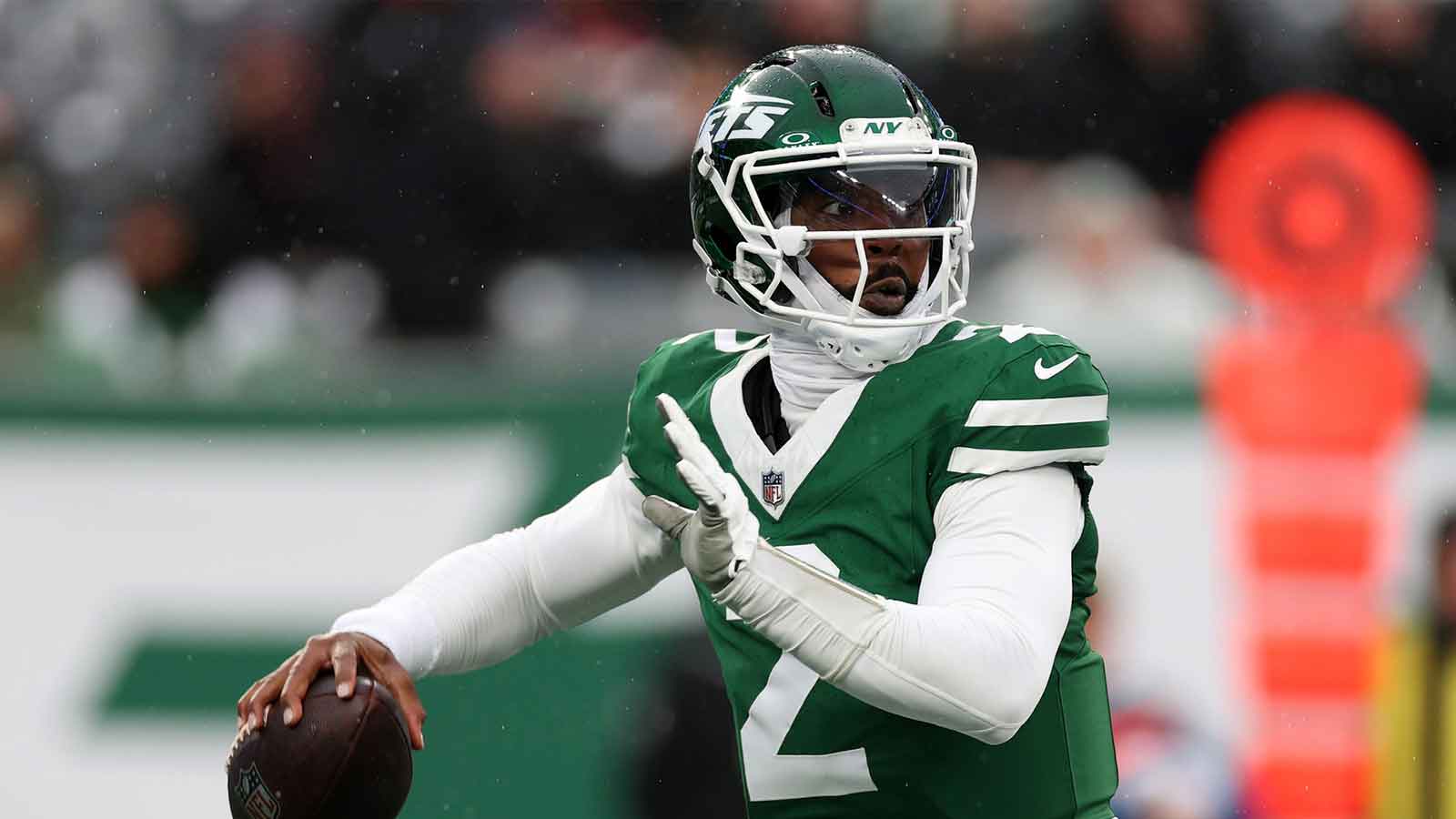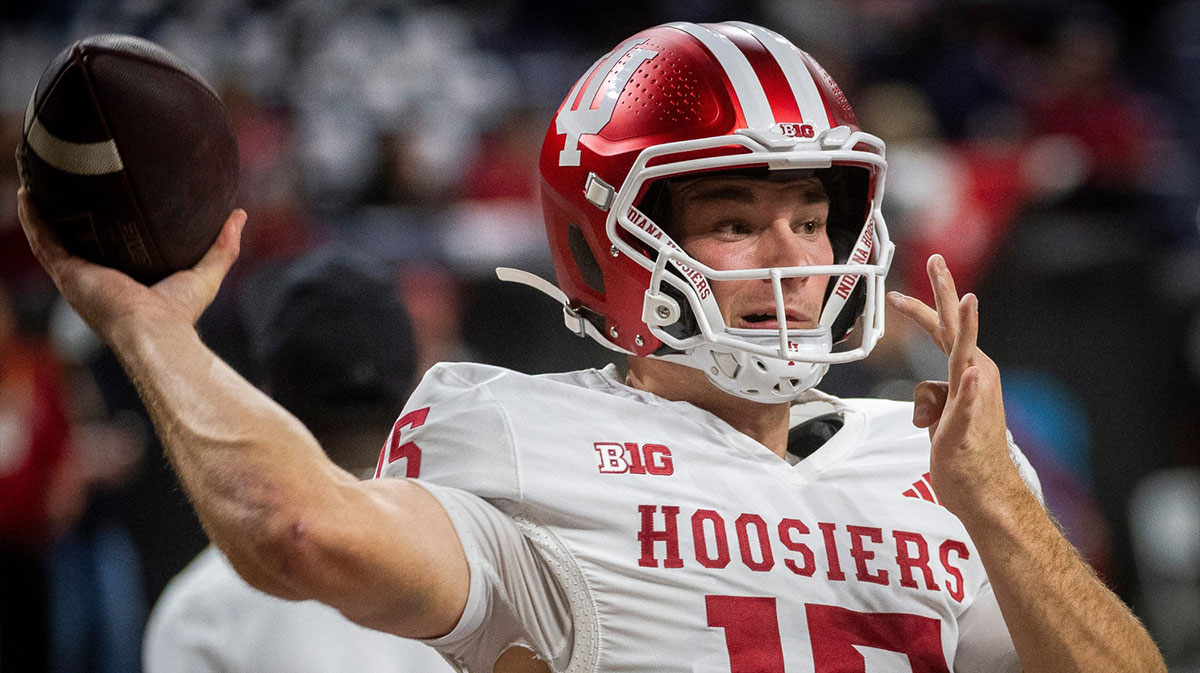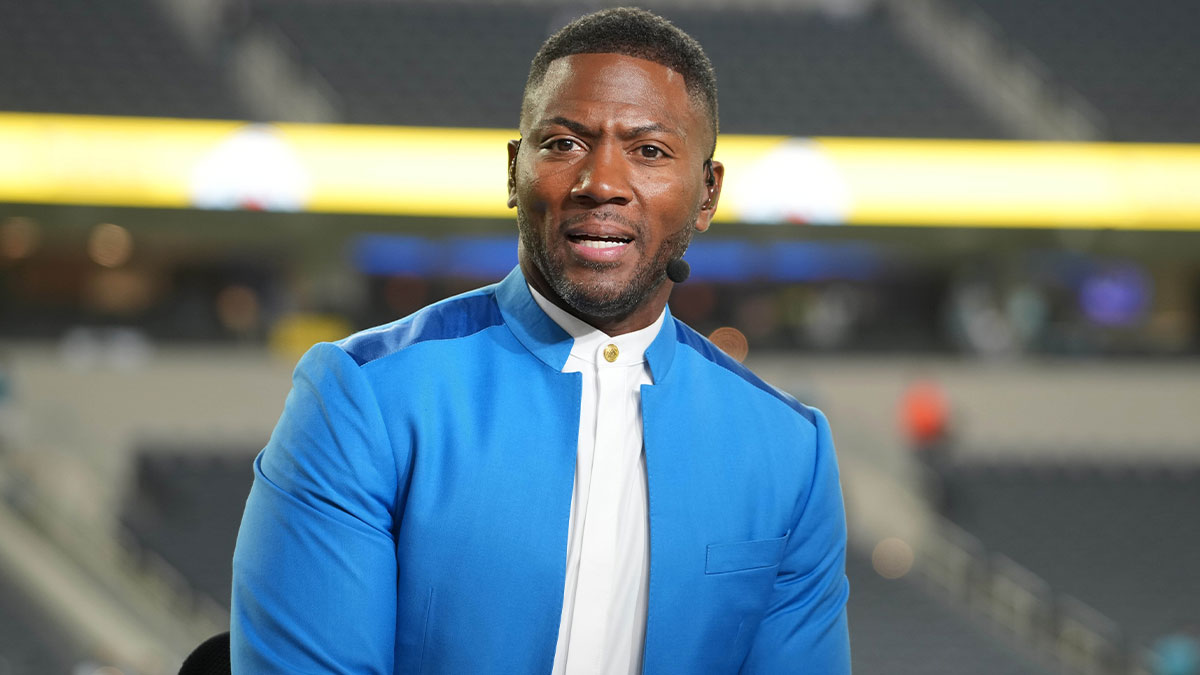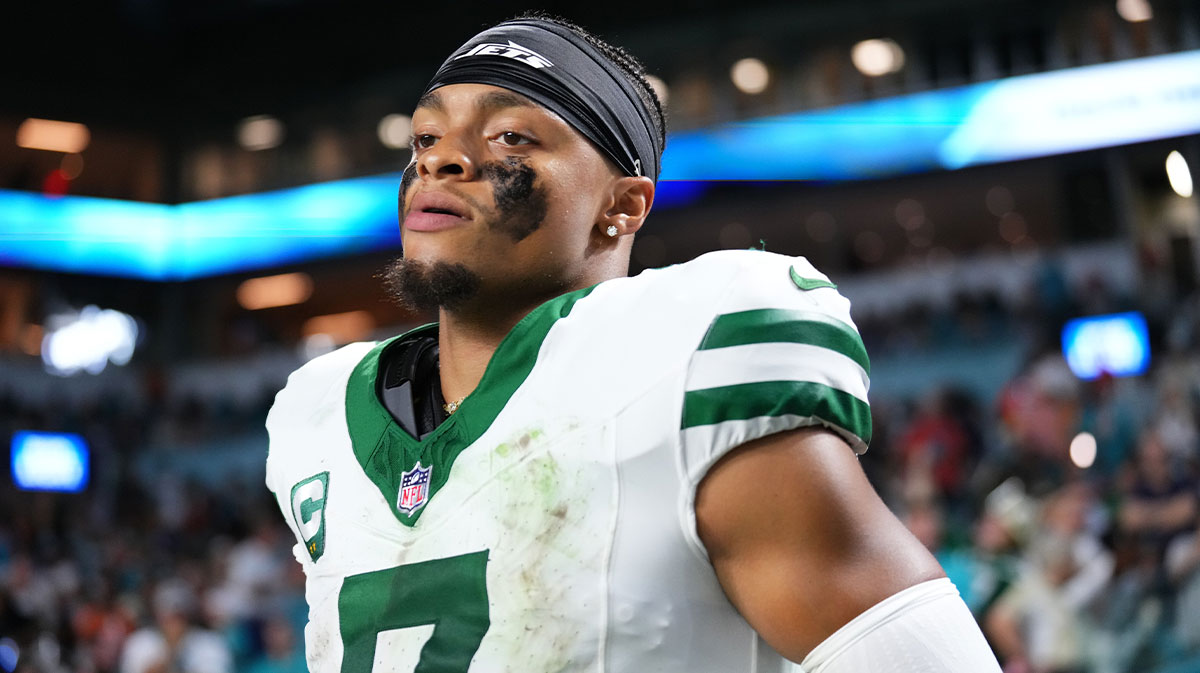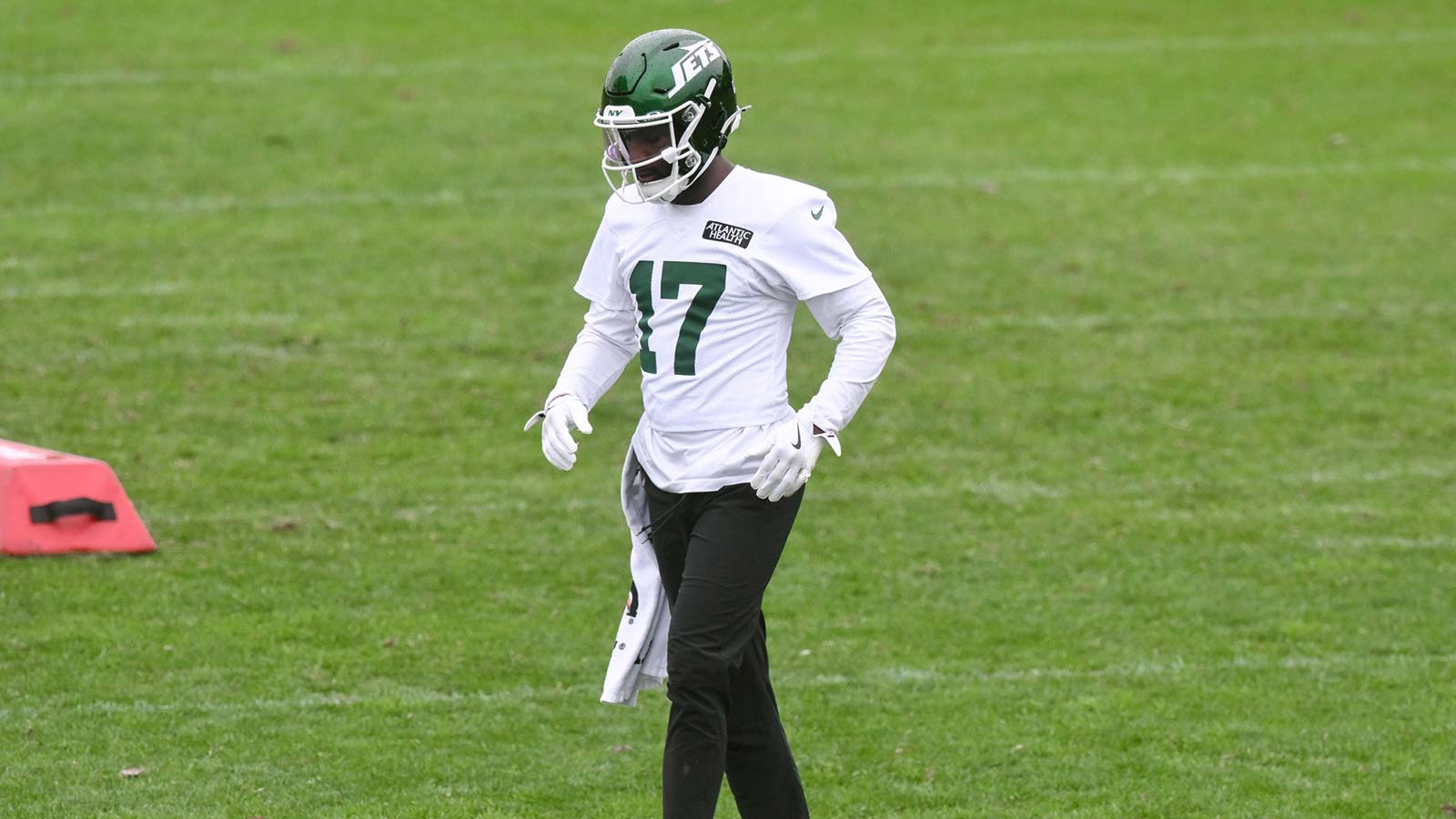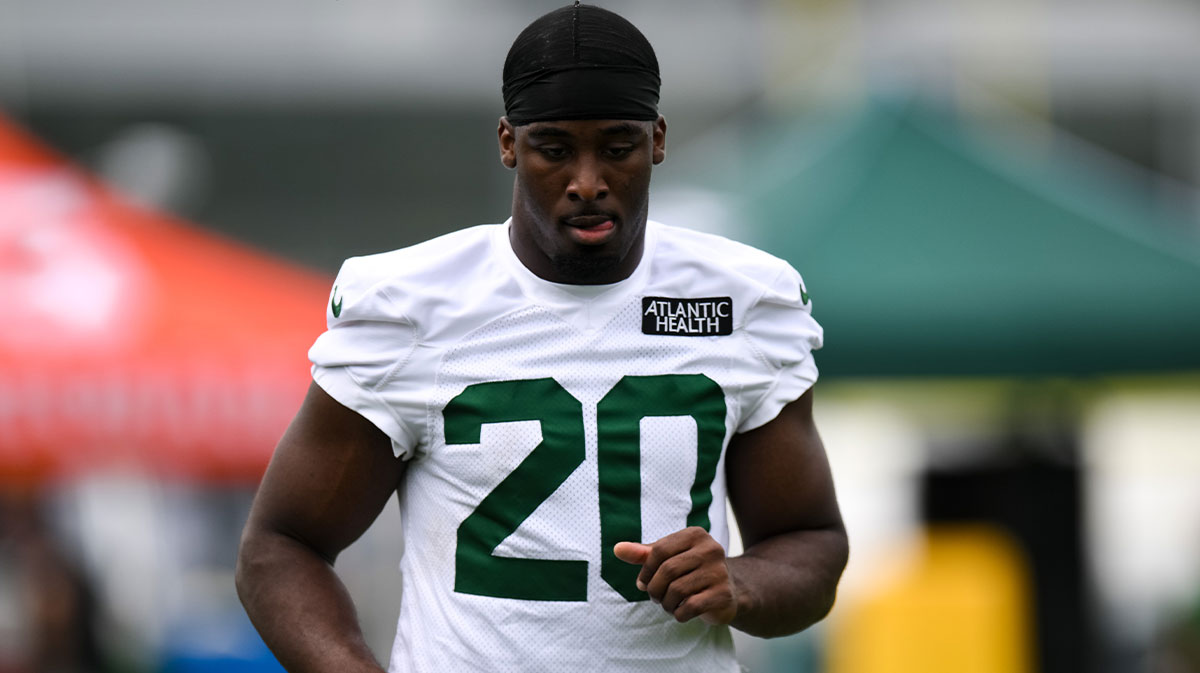The New York Jets are entering the 2025 season in a period of transition, yet with a renewed sense of energy and urgency. Aaron Glenn, fresh off his tenure as the Lions’ defensive coordinator, now has the reins in East Rutherford. His leadership style is unapologetically tough, demanding accountability, grit, and a team-first approach to football. Beyond the coaching staff shakeup, the quarterback position has also undergone a monumental change. The Jets have installed former Bears and Steelers quarterback Justin Fields as their starter, banking on his dual-threat athleticism, untapped potential, and the possibility of chemistry in a new offensive structure.
But for all the promise Fields brings, the questions around New York’s receiving corps remain center stage. Garrett Wilson is a budding superstar — a true WR1 who can win at every level of the field — but the depth behind him is thinner than any would like to admit. The Jets simply don’t have a reliable secondary option who can consistently beat man coverage, occupy safeties, and keep defenses honest. That’s what makes the current situation with the Las Vegas Raiders and Jakobi Meyers impossible for general manager Joe Douglas to ignore.
Meyers, still just 28, reportedly issued a trade request following frustrations with his role in Las Vegas after the arrival of new offensive pieces and philosophical changes. For a player as steady and versatile as Meyers, a move makes sense for both sides. And if the Jets are serious about maximizing Justin Fields in year one of this experiment, this is exactly the kind of move they need to pull the trigger on.
Meyers might not have the name value of a star like Davante Adams, but he brings something the Jets desperately need: reliability. Over the past four seasons, Meyers has proven to be one of the most underappreciated chain-movers in football. He wins with crisp routes, body control, and a knack for finding open windows against both zone and man coverage. For Fields, who has struggled with consistency in timing routes, having a dependable receiver who can be where he’s supposed to be every single snap could accelerate his development exponentially.
Why Jakobi Meyers Fits the Jets’ Offense

New offensive coordinator (Glenn’s staff is still piecing together its system) will need to design a passing game that marries Fields’ mobility with a quick, reliable intermediate passing attack. Having Garrett Wilson as the explosive, dynamic playmaker on one side is essential. But defenses keying on Wilson without a strong WR2 threatens to stall New York’s offense before it starts. Meyers has been that WR2/WR3 option throughout his career in New England and Las Vegas, and his adaptability is exactly the safety net a quarterback like Fields requires.
Additionally, Meyers’ skill set complements the Jets’ personnel perfectly. Wilson stretches the field with his agility and contested-catch ability, while Meyers thrives in the short-to-intermediate areas — slants, digs, curls, and option routes. Together, they give the Jets balance, precision, and a much-needed possession element to extend drives.
Why the Raiders Should Listen
For the Raiders, parting ways with Meyers may be less painful than it looks on paper. With a changing offensive identity under new leadership, and heavy investment in the run game with first-round rookie Ashton Jeanty and other young pass catchers like the surging Broke Bowers, Meyers may see his role diminish. Trading him while his value remains high gives the team an opportunity to reallocate resources toward long-term needs, especially on defense and in draft capital.
Las Vegas, still in a semi-retooling phase, likely values additional early draft picks more than maintaining Meyers in a crowded receiver room. If Meyers wants out, this becomes as much about culture as it does about roster construction — and in that sense, moving him to a team in win-now mode like the Jets makes sense for both parties.
The Perfect Trade Proposal
Here’s the kind of package that strikes balance for both sides:
Jets receive:
- WR Jakobi Meyers
Raiders receive:
- 2026 4th-round pick
- WR Adam Lazard
This compromise gives the Raiders tangible value in both picks and a veteran player while the Jets secure a proven playmaker without mortgaging future draft capital at the highest level.
If the Jets are serious about steering this franchise away from another rebuild cycle, these are the types of aggressive but calculated moves they must make. With Glenn setting a new tone in the locker room and Fields attempting to earn his place as the true franchise quarterback, the margin of error is slim. Surrounding Fields with weapons is the only way to truly evaluate what he can become.
For the Jets, making this deal is about more than just roster construction. It sends a message that this team is ready to compete, ready to support its quarterback, and ready to take serious steps forward under Aaron Glenn. In that sense, Jakobi Meyers isn’t just a luxury acquisition — he’s the missing piece that could unlock the true ceiling of this new-look Jets offense.








